... of the compulsory urge, for the completeness of your statements.
Jorge Castillo & Thomas Musehold
10.11.2017 - 14.01.2018
With the exhibition ... of the compulsory urge, for the completeness of your statements, the collections of two generations of the Bronner family interact for the first time. Dan Georg Bronner has been collecting since the start of the 60s. Artists such as Pablo Picasso, George Grosz, Konrad Klapheck and Jorge Castillo are all integral parts of his endeavours over the decades. His son, Gil Bronner, has been devoting himself to collecting contemporary art since the 90s and opened his collection for the public in 2008. In the exhibition opening 10.11.2017 at Sammlung Philara, works by artists Jorge Castillo and Thomas Musehold will represent the coming together of both collections.
Graphics form the starting point of the exhibition, primarily taken from works made in the 70s by the spanish artist Jorge Castillo, born 1933 in Galicia and raised in Buenos Aires. His ensemble of works are marked by recurring pictorial formulas, which deal with the presentation of portraits, Commedia dell’arte and scenic visual spaces including trees, flowers and blossoms in different stadiums of decay. In doing so, he essentially follows a logic against a rational space system. Heads float in this upside down dimension; bodies and objects are superimposed in piles and multiple perspectives. The rigid countenances are isolated by the shifts of space and thrown back upon themselves. The human figure becomes part of an arrangement draped over a stage and is simultaneously depicted as are the objects with ‘a requisite like quality’ (Ratcliff, S. 43) It is the reversal of the natural, the organic procedural, in a stiff solidification of transience in an uncertain space.
Thomas Museholds sculptures are transformed found objects of our cultural heritages and memories. He subjects these objects to an essential metamorphosis. In doing so, he alters form and surface and creates mysterious organisations. He often puts these into context with scientific systems and exhibition displays and by the means of these fictitious fragments investigates the potential cultural relevance.
For this exhibition, Thomas Musehold encounters the works of Jorge Castillo following Gödel’s incompleteness theorem: ...of the compulsory urge, for the completeness of your statements. Taken out of context, this sentence becomes a ‘poetic sample’, which is designed to freely encourage associations of antipodes as well as synergies of both works, which are supposed to be initiated by the display constructed by Musehold.
Based on the incompleteness theorem of the mathematician Kurt Gödel, in ‘sufficiently strong systems there must be statements which can neither be formally proven nor disproved’. The attempt to unite the universal completeness and consistency of all statements is a priori bound to fail. The attempt for accuracy is unsuccessful. The failure of this logical assumption is already included and primarily describes the assumption of expressed fatalism as a general rule. In this, by the means of the constructed dialect of the title, the works of Jorge Castillo and Thomas Musehold meet antithetically, but simultaneously initiate a free associative continuation. To both artistic positions it is important that through reversal processes, transfers and transformations, they can avoid conventional structures and order, and that through this their essence is elevated. While Thomas Musehold ridicules form and surfaces, Jorge Castillo enraptures the individual in a room. Both change habitual contexts through the staging and rupturing of objects and formulate introspective views by the means of organic development stages.
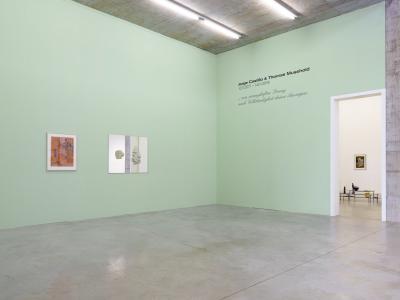
Jorge Castillo & Thomas Musehold
Foto: Paul Schöpfer
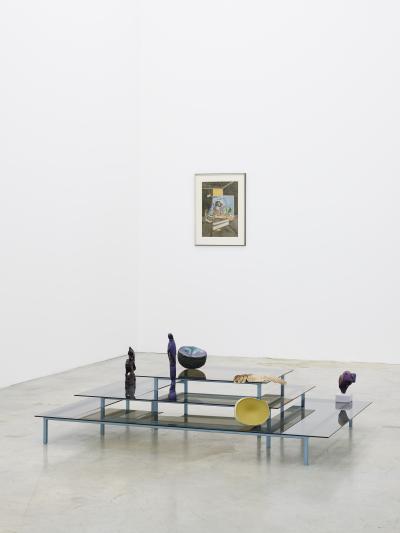
Jorge Castillo & Thomas Musehold
Foto: Paul Schöpfer

Jorge Castillo & Thomas Musehold
Foto: Paul Schöpfer
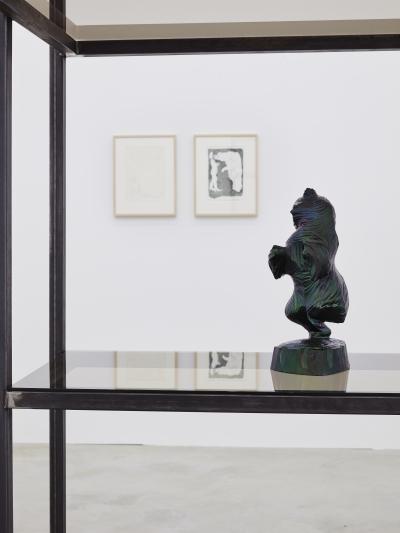
Jorge Castillo & Thomas Musehold
pencil on paper
Courtesy the artist, private collection, Düsseldorf
1979
watercolor and pencil on paper
Courtesy the artist, private collection, Düsseldorf
2017
painted plastic
Courtesy the artist, Kunst & Denker Contemporary
Foto: Paul Schöpfer
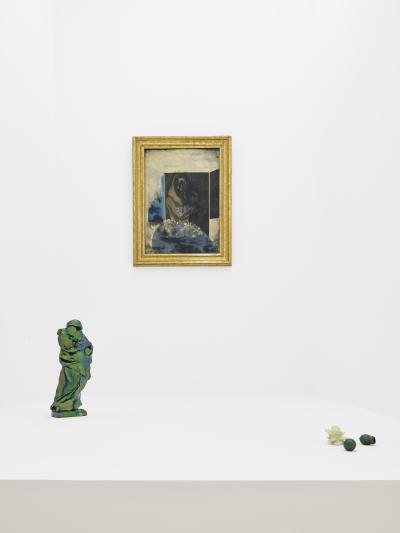
Jorge Castillo & Thomas Musehold
Foto: Paul Schöpfer
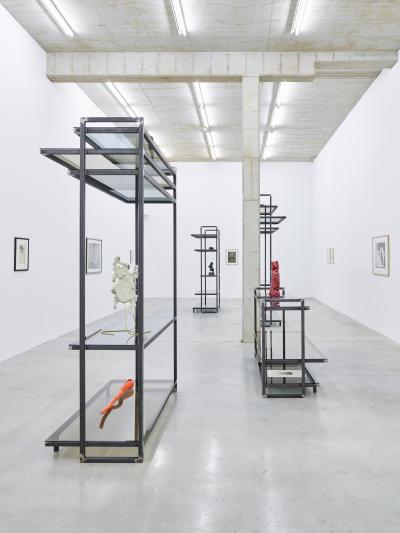
Jorge Castillo & Thomas Musehold
Foto: Paul Schöpfer